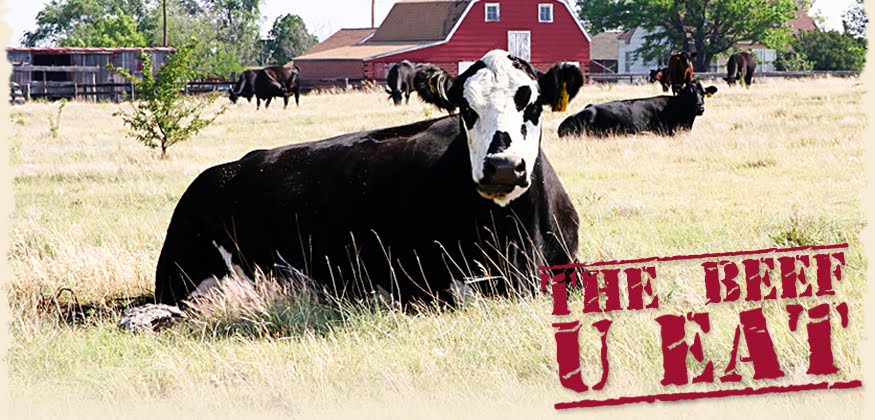On June 29, the National Academy of Sciences released the report Toward Sustainable Agricultural Systems in the 21st Century. It highlights the extreme challenges American farmers face feeding the world. The report does a great job summarizing the enormous task facing farmers today.
Toward Sustainable Agricultural Systems in the 21st Century is available in different formats depending you your preference. You can purchase the report as a hardcopy of PDF, download a brief of the report, download an executive summary or scroll down the page a bit. You will find an option to read the report page by page.
I chose to read the news release and scanned the summary, brief and full report. Below are a few paragraphs from the new release.
"Although farming productivity has increased, nowadays farmers are being asked to do more than produce more food for a growing world population," said Julia Kornegay, chair of the committee that wrote the report, and professor and head of the department of horticultural science at North Carolina State University, Raleigh. "Many modern agricultural practices have unintended negative consequences, such as decreased water and air quality, and farmers have to consider these consequences while trying to increase production. If farmers are going to meet future demands, the U.S. agriculture system has to evolve to become sustainable and think broadly -- past the bottom line of producing the most possible."
Farmers in the United States have become more efficient producers. For instance, in 2008 farm output was 158 percent higher than it was in 1948, and farmers today are producing more food with less energy per unit output than 50 years ago. However, U.S. agriculture has external costs that are mostly unaccounted for in productivity measurements, the report says. For example, water tables have declined markedly in some agricultural areas, and pollution from nitrogen and phosphorus in fertilizers and pesticides have infiltrated surface water and rivers, creating oxygen-starved zones in waterways. The agricultural sector also is the largest contributor of two greenhouse gases, nitrous oxide and methane, in the United States.
Additionally, the committee found that farmers face other challenges, such as consumer concerns about the treatment of farm animals and food safety. Farmers' income is also not keeping up with rising production costs, primarily due to the higher prices of external inputs such as seeds, fuel, and synthetic fertilizer. More than half of U.S. farm operators work off the farm to supplement their income and to obtain health care and retirement benefit plans.
To help achieve a sustainable agriculture system that looks beyond the end goal of providing more goods, the committee identified four goals that should be considered simultaneously:
- satisfy human food, fiber, and feed requirements, and contribute to biofuels needs
- enhance environmental quality and the resource base
- maintain the economic viability of agriculture
- improve the quality of life for farmers, farm workers, and society as a whole
The Bill & Melinda Gates Foundation and W.K. Kellogg Foundation funded the report. I need to spend some more time reading the report, but I hope you can appreciate the depth and and width of the committee's work.
Photo Source: flickr.com member Paul Cocker





No comments:
Post a Comment